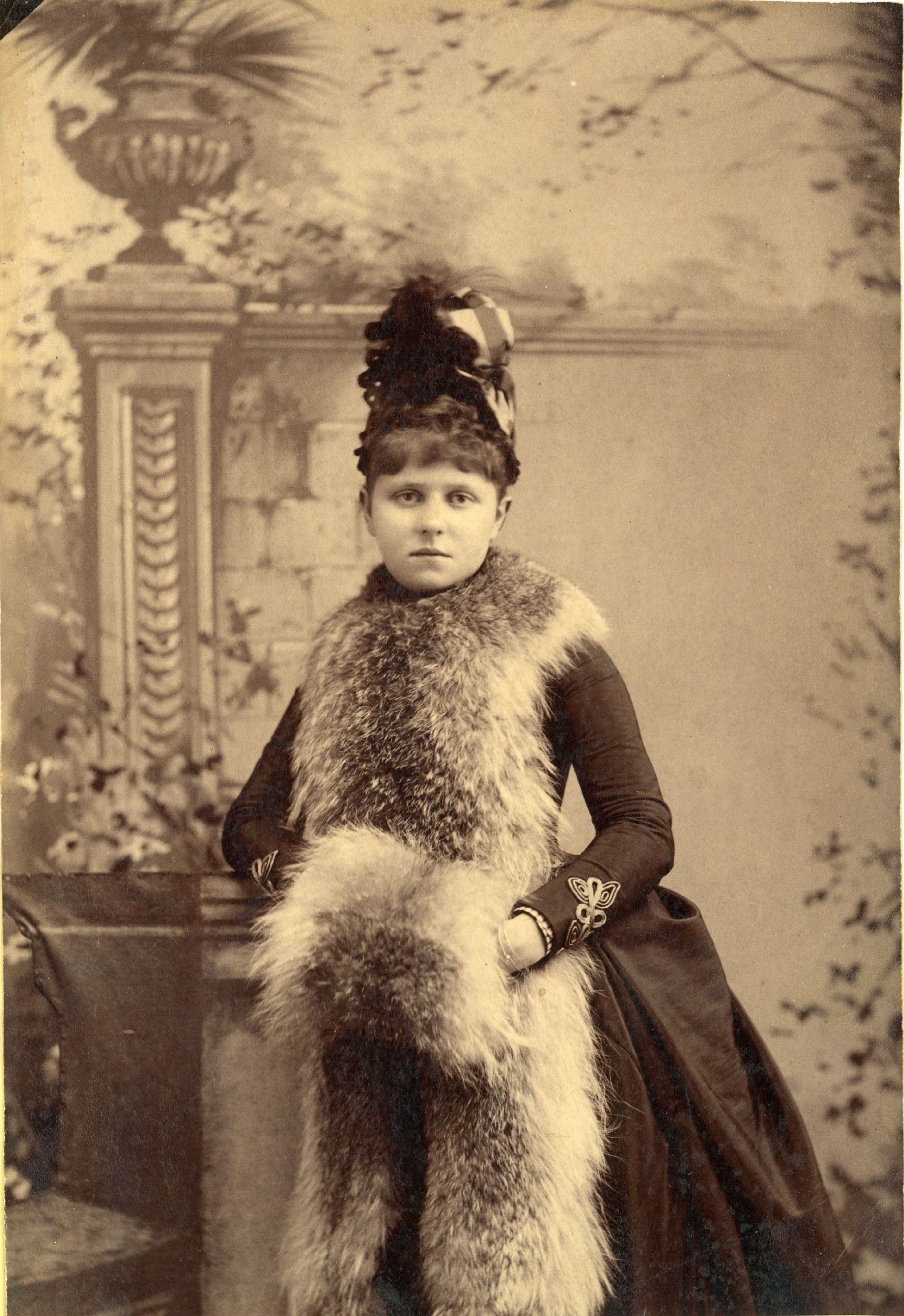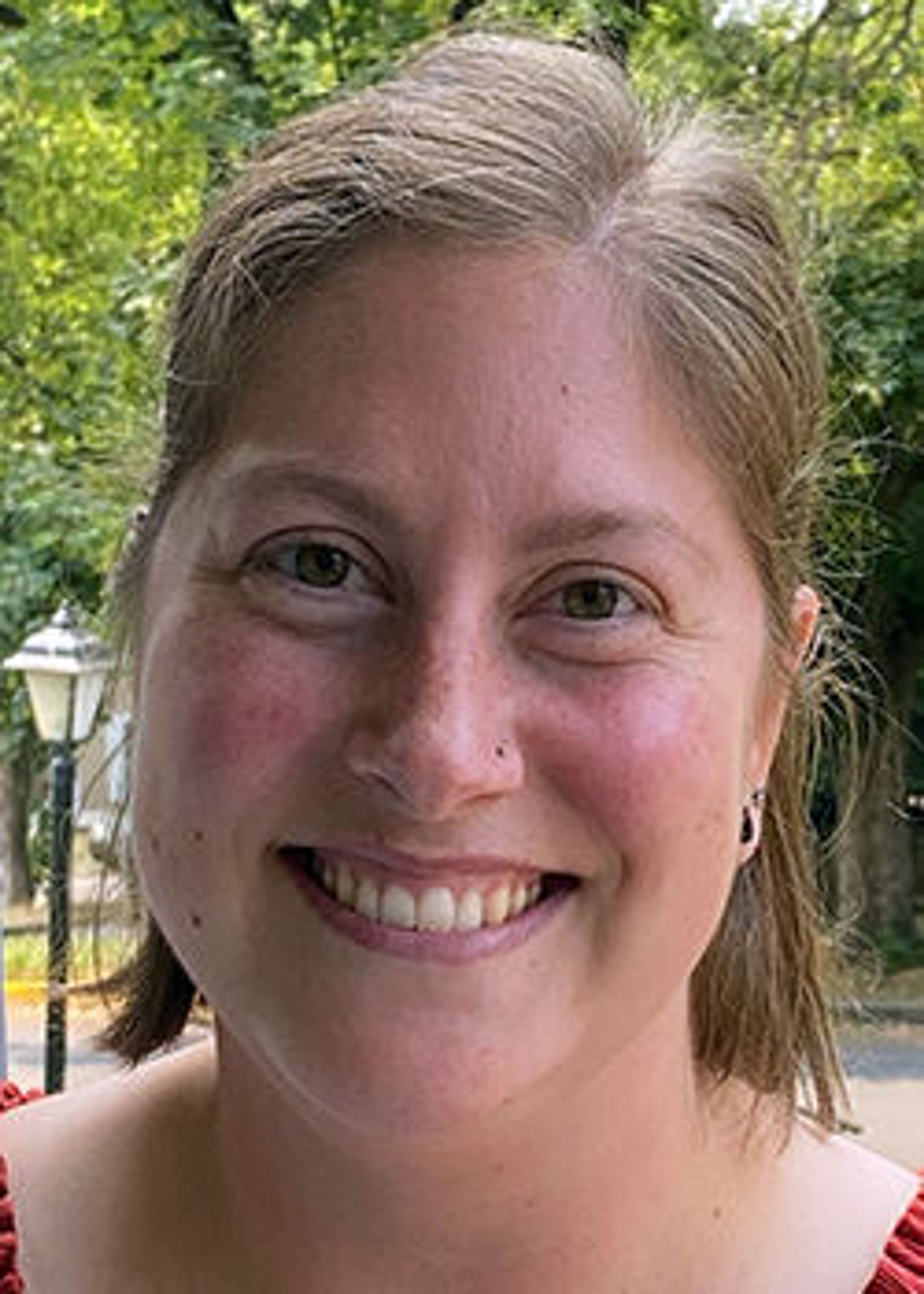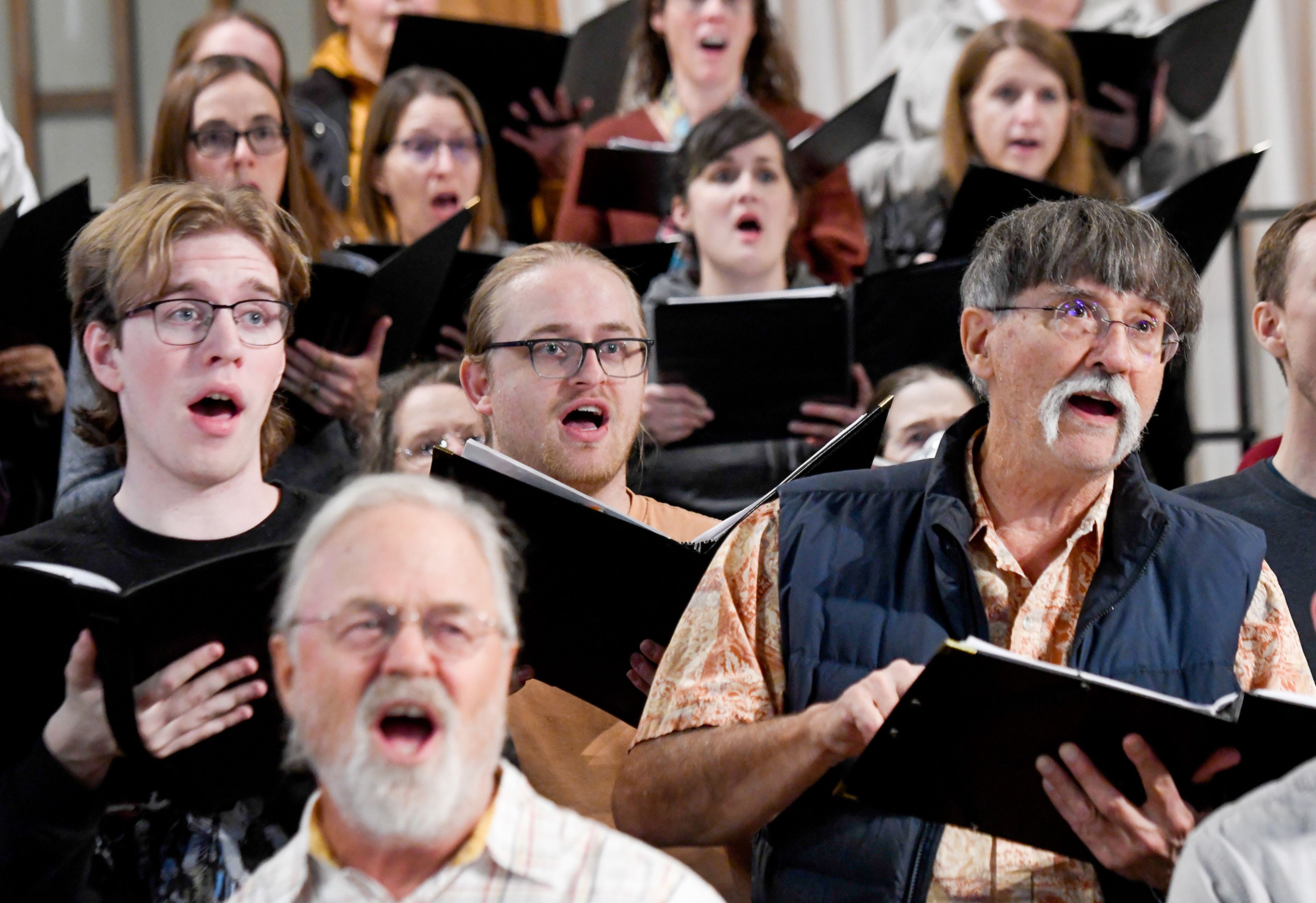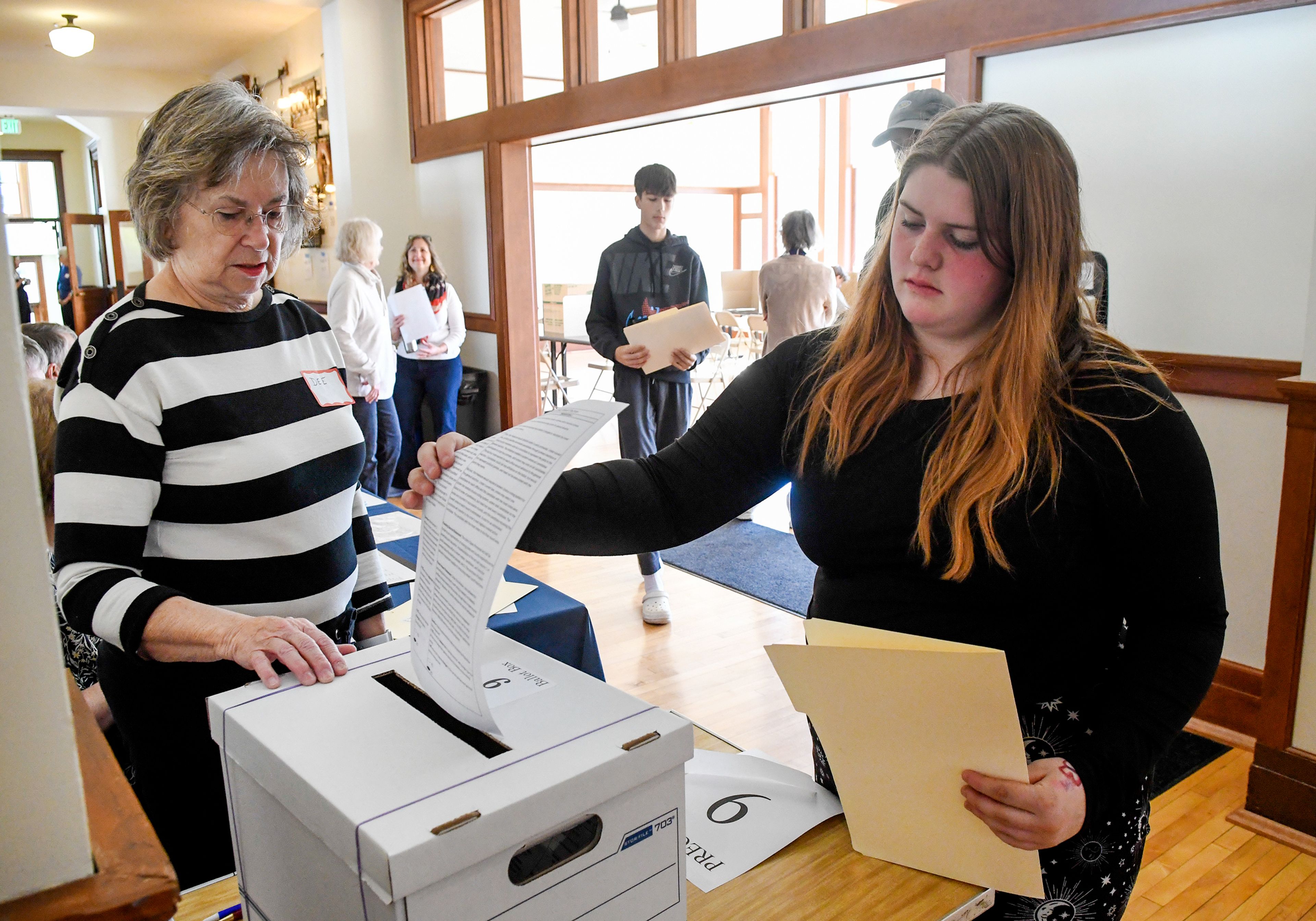If you’ve been in Moscow long enough you may have noticed the name “McConnell” a few places around town, namely the McConnell Mansion Historic House Museum and the McConnell building downtown. Both are named after William J. McConnell, a businessman and politician. McConnell commissioned the house that dons his name, and his family moved in Christmas Eve 1886. McConnell owned a general store downtown, but also served as a senator before becoming Idaho’s third governor from 1893 to 1897. His eldest daughter, Mary, sometimes nicknamed “Mamie,” was 16 when she came to Moscow. Despite her famous father, and future husband, Mary’s story is a fascinating look at what it meant to be a politician’s wife in the early 20th century.
During her father’s time in office, Mary acted as his secretary and hostess.
It was during this time that she met William Borah, then an attorney in Boise. According to Moscow lore, Borah spied Mary loading into a horse carriage as he was walking by the McConnell mansion.
The pair would later meet officially at a political reception. The couple married in April, 1895, during a quiet ceremony in Boise, and promptly caught the train to Caldwell as Borah was expected in court. Borah was elected to the U.S. Senate in 1907, and the pair moved to Washington D.C.
While in D.C., Mary played the role of politician’s wife by attending parties and doing charity work.
She and Borah were frequently invited to the White House for events and socialized with other political elites. Most notably, the pair were friends with Alice Roosevelt Longworth and her husband, Nick, a fellow congressman.
It was no secret in D.C. that Borah and Alice had an affair that sired Alice’s daughter, Paulina. It’s difficult to speculate how much Mary knew about her husband’s infidelity.
Nicknamed “Little Borah,” Mary was noted for her elegance and political savviness. She was sometimes at odds with her husband’s stances. After World War I, she spent many hours in veterans’ hospitals, volunteering and doing what she could for those wounded in war. Mary also spent time modeling and acting as the Pond’s spokeswoman, taking part in advertising promoting their skin creams. Much of her life with Borah in D.C. is outlined in her memoir, “Elephants & Donkeys: The Memoirs of Mary Borah as Told to Mary Louise Perrine,” although it would not be published until after her death. William Borah died on Jan. 19, 1940. Afterwards, Mary returned to Idaho, but found that she missed her life in D.C. She continued to live in Washington D.C. until she moved to Beaverton, Ore., in 1966 to be closer to her sister. Mary lived another decade, reaching 105 years of age, with her death on Jan. 14, 1976, in an Oregon nursing home. A few days after her passing, many gathered at the McConnell Mansion to remember and reminisce about one of its first residents.
Mary’s life is the subject of the new temporary exhibit at the McConnell Mansion, which opened on her birthday, Oct. 17. The exhibit features photos, objects, and even oral history clips, all about Mary McConnell Borah’s life. The exhibit will be on display through Jan. 5. The McConnell Mansion is open for visitors from 1-4 p.m. Tuesday through Friday, and some Saturdays. We hope you’ll come learn all about this amazing woman.
Hayley Noble is the executive director of the Latah County Historical Society.










